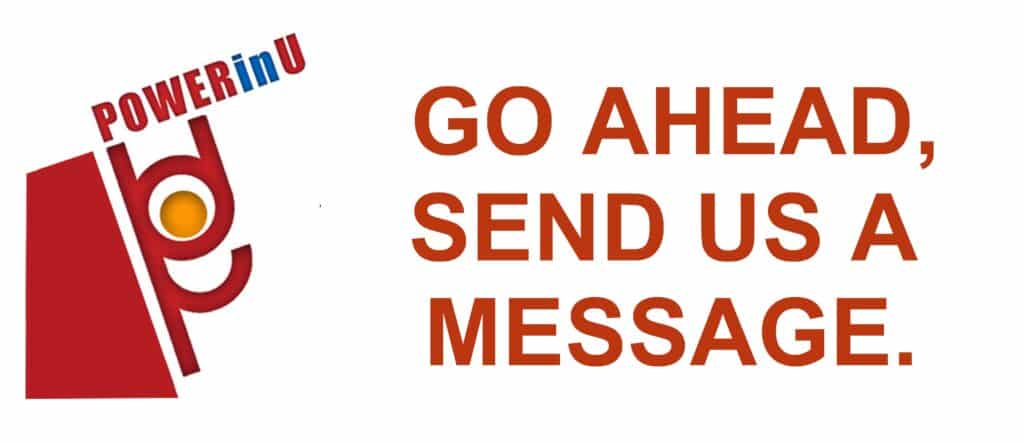
By understanding the link between emotions and conflict, you will increase confidence in managing conflict and difficult emotional conversations.
Let me introduce you to the conflict between Peter and Anna.
Peter’s priorities are different from Anna’s priorities, so Peter feels anxious and stressed out. There are different departmental priorities so Peter feels lack of support from Anna to meet his department goals. From Peter’s perspective there is a long waiting time to receive Anna’s inputs, which results in less time for him and his department to work on their tasks. Peter is upset about this, while Anna is oblivious and just goes on with her usual priorities.
So who has a problem? To answer this question, let’s look at the rules of engagement.
>> Rule # 1: The person who is upset, owns the problem.
>> Rule # 2: The person who owns the problem, solves the problem.
>> Rule # 3: The person from the first 2 rules needs to initiate conflict resolution.
“E-motion” is a signal to spur or urge you to move into action. In the example, the signal resides in the body of Peter, so Peter needs to initiate the conflict resolution.
But it is important to manage your emotions first before you go into conflict resolutions. Imagine what would happen if Peter would go to Anna right away with an upset or angry feeling. There are 3 strategies you can consider to help manage emotions first.
Focus on feelings first.
Have you been in situations – at work or even at home – where you were so angry so you said or wrote something that you later regretted? I have. At work, there was one time where I wrote something to my boss I didn’t really mean but I sent it as I was upset at that point in time. I regretted that but learned a lot from that experience, and tried to improve on that.
At home, it’s even harder, as we are very comfortable with our family members, to the point of expressing anger without really thinking about the impact.
There is a saying “Anger is a feeling that makes your mouth work faster than your mind.” Manage your emotions first, especially anger , irritation and defensiveness. Remember the goal is to conduct a conflict resolution, not to vent feelings.
Focus on impact, not intentions.
You never really know another person’s intentions, so try to focus on concerns that have real business impact. For example: how is the person’s behaviour impacting the team, the customer, the organization, the results, safety, compliance, sales, the working relationship, and so on? And then assume the most positive intentions.
I worked with a colleague who was very passionate in her role, especially about meeting sales targets for the product line she was accountable for across the region. The Sales organization reported to me at that time, and I was responsible for the ASEAN territory. In short, our team sold all product lines. My colleague would get so upset when her product line target was not met, and would express it verbally without regard to the emotional impact on our Sales team. The intent was good – to sell her product line and contribute to the total revenues. However, her approach devalued and discouraged the efforts of the Sales Team, and the achievement of total revenues. Focusing on the impact could have helped her be more empathetic and collaborative.
Don’t wing it, script it!
I am a strong advocate for preparing and scripting out what is to be said. A good script will keep the likes of Peter from starting an argument instead of a conflict resolution discussion.
One possible script is based on the popular formula for giving feedback: SBI, where “S” for situation is where you describe what happened. “B” is where you state the behaviour observed from the other party. “I” is the impact of such behaviour, and you might also include the impact on your emotion.
By managing your emotions well using these 3 strategies, you gain over-all better understanding, and increase confidence in managing emotional or tough conversations and in resolving the conflict.
Reference: original material by Karl Mulle © 2015 ATD

